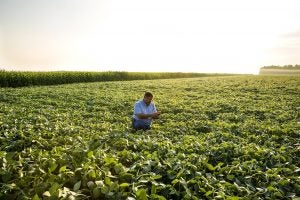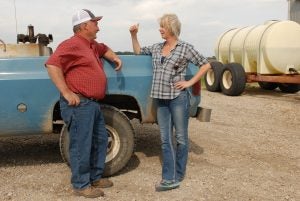For big data to truly revolutionize agricultural productivity and sustainability, data needs to be accessible. Industry and government have already collected troves of data points. The trick now is to combine disparate data sets and make them available to farmers, researchers and advisers – all while meticulously protecting producer privacy.
The private sector moved aggressively in 2017 to provide farmers with solutions for collecting and interpreting their data. $500 million in investments flowed to start-ups providing farm management software, sensing and other data solutions – a sector with 27 percent year-over-year growth.
It’s time for the public sector to do the same. Here’s how the next farm bill can ensure farmers see benefits from their data. Read More

 Yesterday, U.S. Department of Agriculture Secretary Sonny Perdue announced a
Yesterday, U.S. Department of Agriculture Secretary Sonny Perdue announced a  The U.S. Senate will confirm the Secretary of Agriculture today, empowering former Georgia Governor Sonny Perdue to lead an agency with a $155 billion budget, some 100,000 employees and ultimate responsibility for our nation’s food security.
The U.S. Senate will confirm the Secretary of Agriculture today, empowering former Georgia Governor Sonny Perdue to lead an agency with a $155 billion budget, some 100,000 employees and ultimate responsibility for our nation’s food security. Despite growing up without any real interest in conservation or farming, I now spend every working day knee deep in agricultural policy – and I love it.
Despite growing up without any real interest in conservation or farming, I now spend every working day knee deep in agricultural policy – and I love it.
